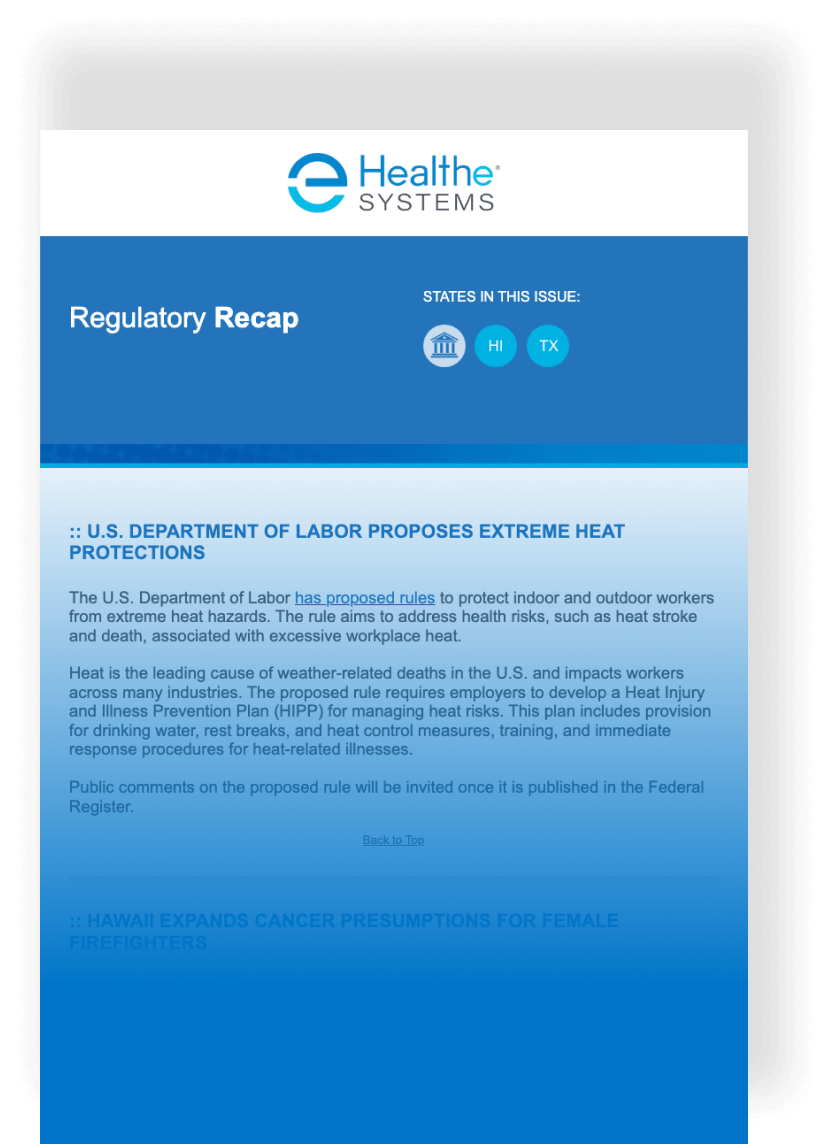The Workers Compensation Research Institute (WCRI) released a report examining factors associated with high-cost workers' comp claims.
High-cost claims are defined as the top 5% of medical payments within 36 months of injury. The study analyzed claims from 32 states while excluding catastrophic or minor injuries, highlighting the complexity of high-cost claims which often involve serious injuries such as disc herniations, neurological neck injuries, or burns and require multiple healthcare providers.
Key factors contributing to high costs include patient characteristics, injury-related treatment needs, and inefficient healthcare utilization. Notable findings on high-cost claims include:
- High-cost claims represent 28% of total medical payments within 36 months, with the average payment per claim exceeding $100,000, more than seven times higher than for other claims with more than seven days of lost time
- These claims are associated with longer disability durations compared to non-high-cost claims
Demographic and injury-related characteristics of workers with high-cost claims include:
- 34% involve workers aged 55 or older
- 63% involve male workers
- 36% are for workers with less than two years of tenure
- A higher incidence of neurological back and neck injuries, shoulder impingement, and rotator cuff injuries is observed in high-cost claims
- 58% of high-cost claims involve at least one comorbidity
- Workers in the construction industry are most likely to have high-cost claims, followed by those in agriculture, forestry, and fishing







